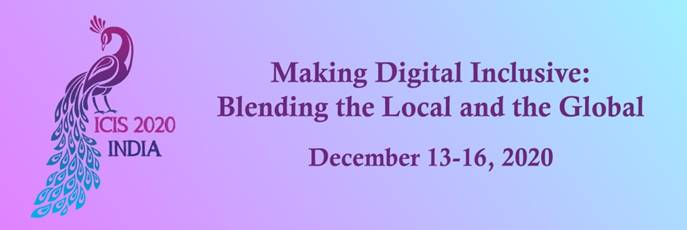Advances in Research Methods
Loading...
Paper Type
Short
Paper Number
1748
Description
Adverse Drug Events (ADEs) are drug side-effects that are not known during clinical trials and cause substantial clinical and economic burden globally. A wealth of potential causal associations, that facilitate ADE discovery, lie in the growing body of biomedical literature, from which knowledge graphs – where vertices and edges represent clinical concepts and their relations – can be inferred using Natural Language Processing (NLP). State-of-the-art literature-based ADE prediction models employ representation learning to obtain vector representations of clinical concepts from such knowledge graphs, for use in machine learning models as features. However, previous representation learning methods do not model inaccuracies in the graph introduced during NLP inference. We develop a new method that addresses this limitation and learns clinical concept representations that have higher predictive value, for ADE identification, compared to those from previous methods, in our experiments. Our study thus highlights the importance of modelling such noise in literature-derived knowledge graphs.
Recommended Citation
Lim Jun Hong, Abel; Mariappan, Ragunathan; and Rajan, Vaibhav, "Adverse Drug Event Prediction using Noisy Literature-Derived Knowledge Graphs" (2020). ICIS 2020 Proceedings. 3.
https://aisel.aisnet.org/icis2020/adv_research_methods/adv_research_methods/3
Adverse Drug Event Prediction using Noisy Literature-Derived Knowledge Graphs
Adverse Drug Events (ADEs) are drug side-effects that are not known during clinical trials and cause substantial clinical and economic burden globally. A wealth of potential causal associations, that facilitate ADE discovery, lie in the growing body of biomedical literature, from which knowledge graphs – where vertices and edges represent clinical concepts and their relations – can be inferred using Natural Language Processing (NLP). State-of-the-art literature-based ADE prediction models employ representation learning to obtain vector representations of clinical concepts from such knowledge graphs, for use in machine learning models as features. However, previous representation learning methods do not model inaccuracies in the graph introduced during NLP inference. We develop a new method that addresses this limitation and learns clinical concept representations that have higher predictive value, for ADE identification, compared to those from previous methods, in our experiments. Our study thus highlights the importance of modelling such noise in literature-derived knowledge graphs.
When commenting on articles, please be friendly, welcoming, respectful and abide by the AIS eLibrary Discussion Thread Code of Conduct posted here.



Comments
19-Methods